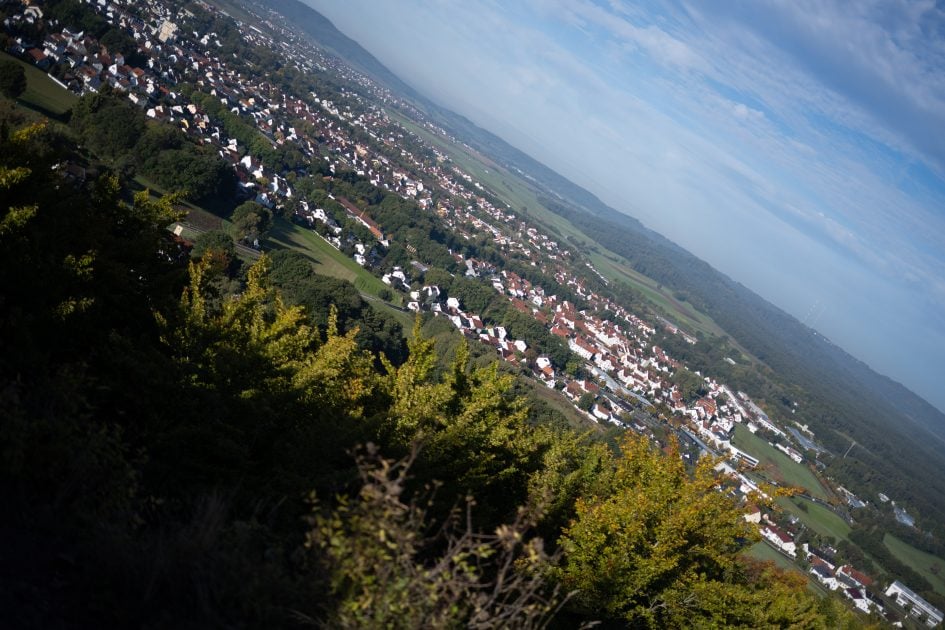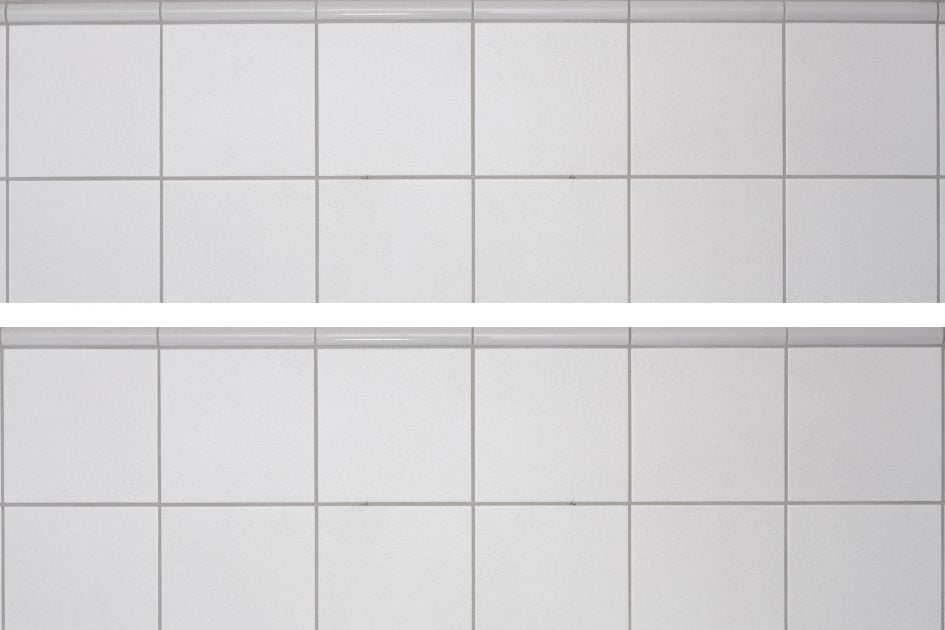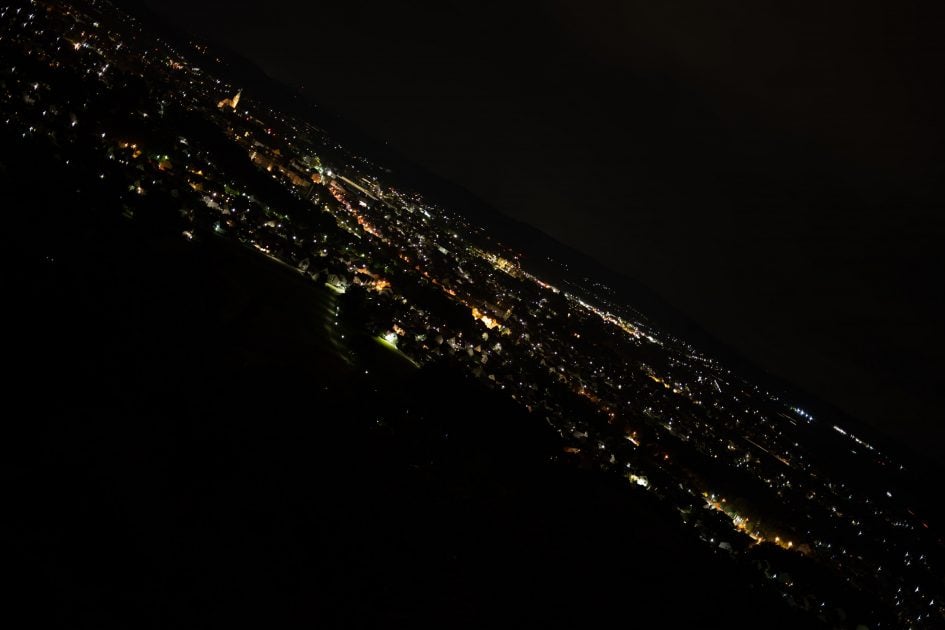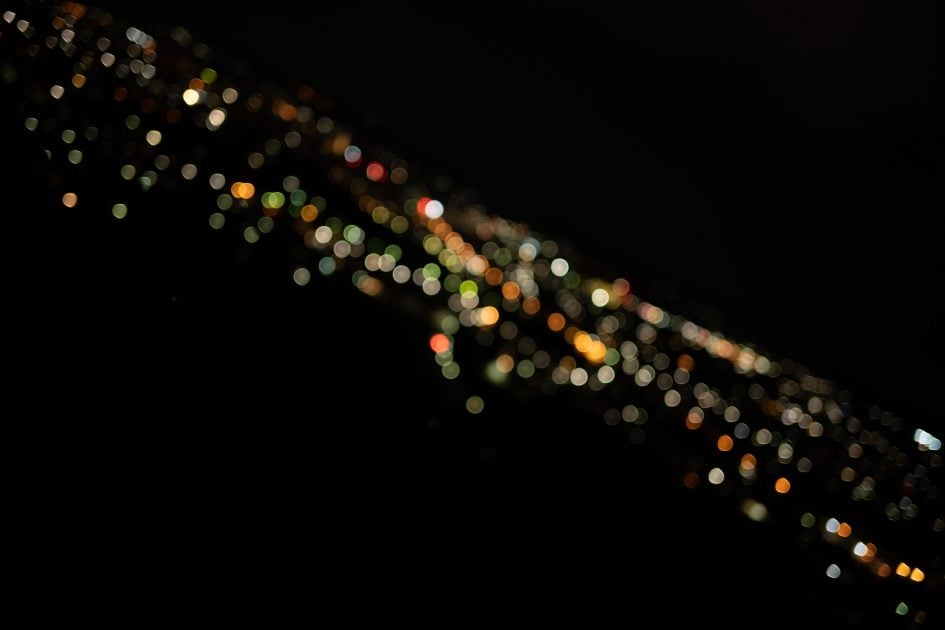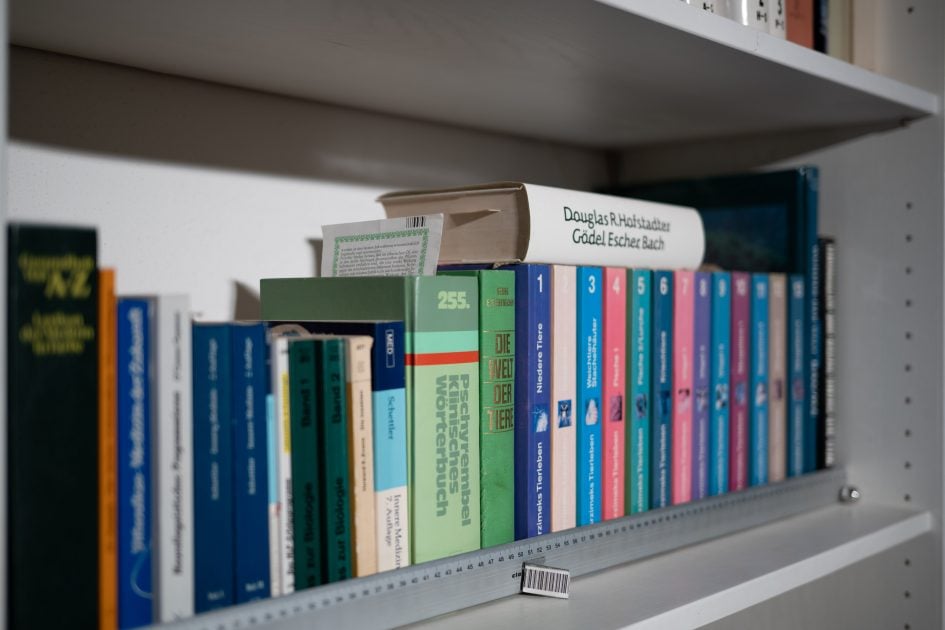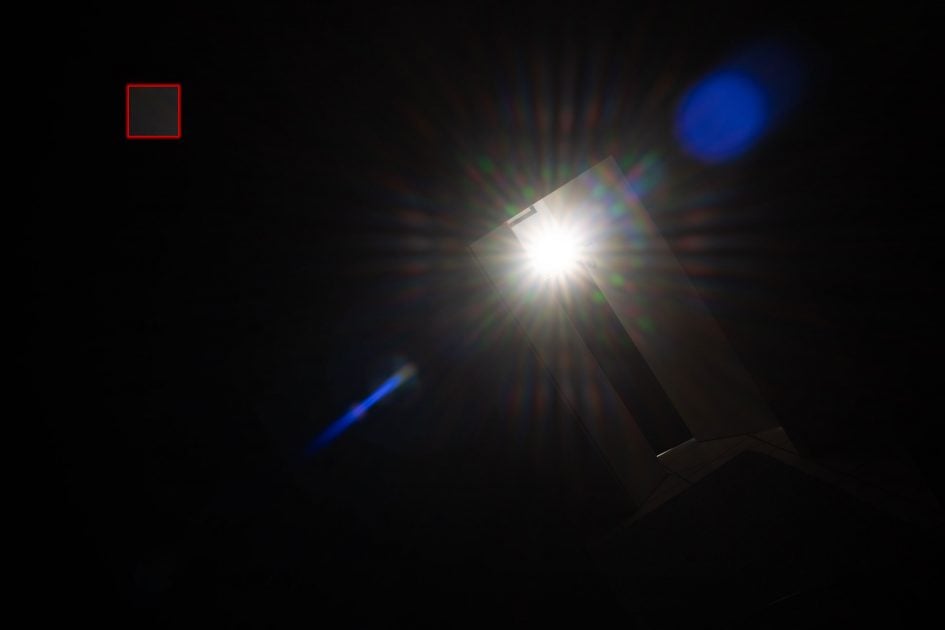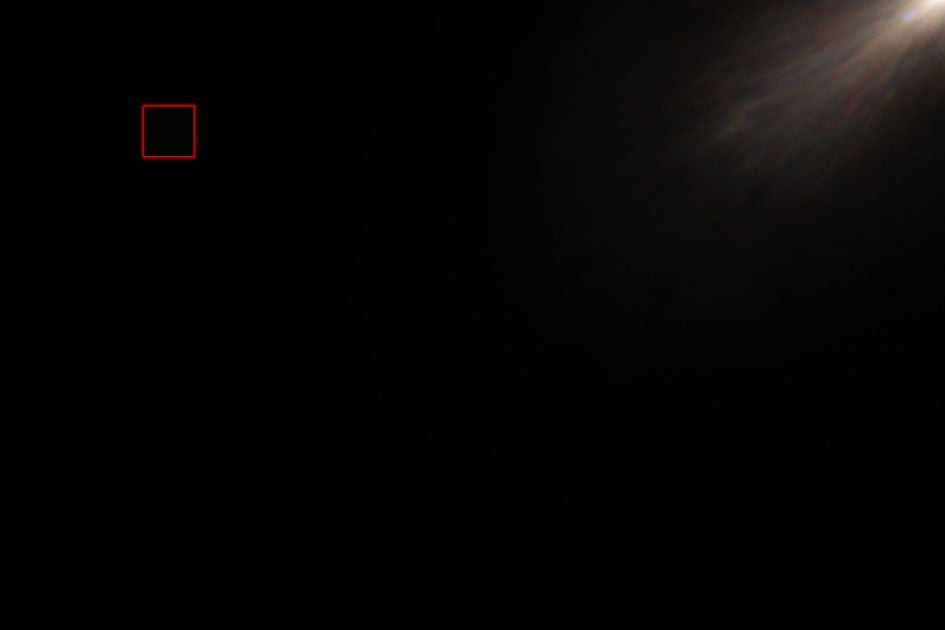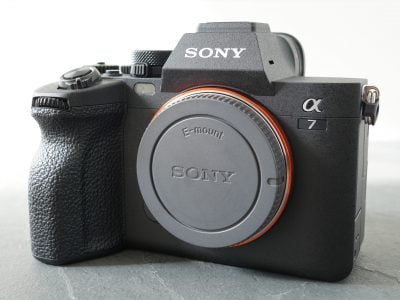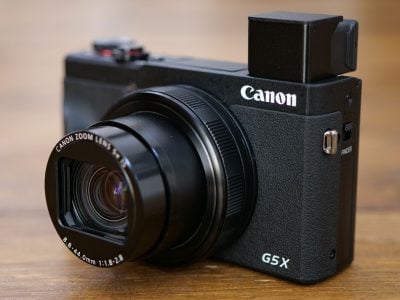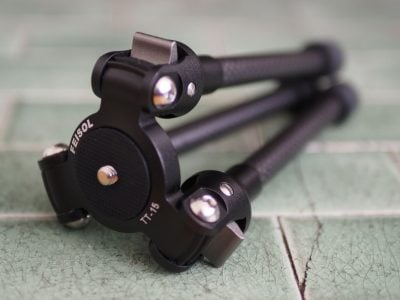Nikon Z 40mm f2 review
-
-
Written by Thomas
Quality
Testing: Longitudinal Chromatic Aberration and focus shift
Lenses with focal ratios of f2.8 or larger are often prone to longitudinal color aberrations (loCA, a.k.a. “axial color” or “bokeh CA”). These show up as magenta coloration in the foreground and greenish hues in the background and are not easily corrected in post-processing. The Nikon Z 40mm f2.0 shows quite a bit of loCA at f2.0 and even at f2.8. And there’s some heavy focus shift which makes the foreground less sharp especially when stopped down from f2.8 to f4.0. With this lens you should always refocus when you change aperture.
Nikon Z 40mm f2.0 longitudinal Chromatic Aberration (loCA)
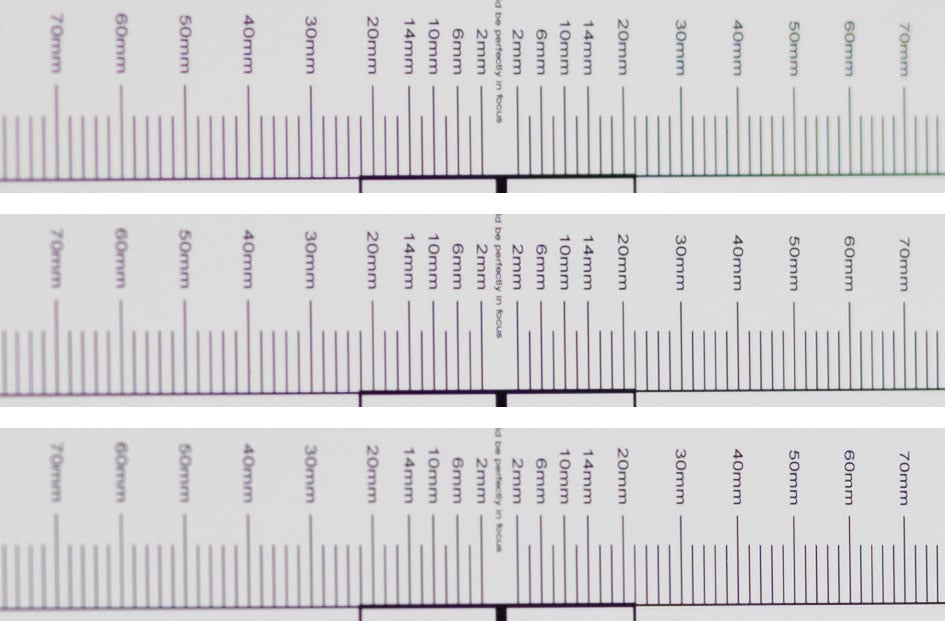
Above: f2.0 (top), f2.8 (middle), f4.0 (bottom) ; 100% crops, left = foreground, right = background
In the following real life shot you can see some purple fringing around high-contrast edges and green coloration in the background:
Above: Nikon Z 40mm f2.0 at f2.0; 100% crop, click image for 4k version, here for large original
Sharpness and contrast
Let’s have a look at the theoretical performance of the Nikon Z 40mm f2.0 first and compare it to the 28mm, 35mm, and 50mm alternatives from Nikon’s Z line-up:
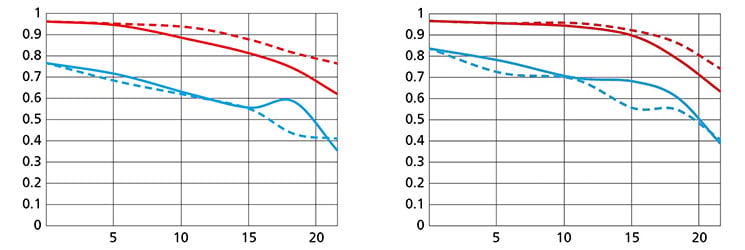
Above: Nikon Z 40mm f2.0 (left), Nikon Z 28mm f2.8 (right)
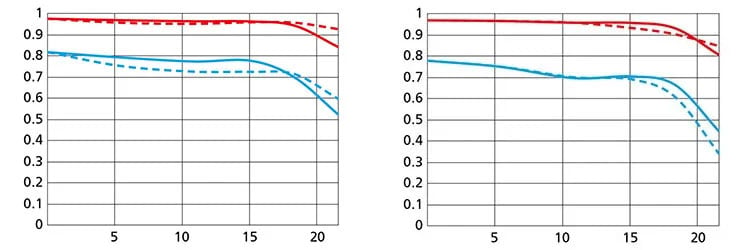
Above: Nikon Z 50mm f1.8 S (left), Nikon Z 35mm f1.8 S (right)
These MTF charts show the computed lens-performance of lenses wide open at infinity without influence of diffraction at 10 line-pairs/mm (red) and 30 lp/mm (blue). Higher values are better (more contrast) and the closer the dotted and solid lines are together the less contrast dependents on the orientation of the test-pattern (less astigmatism). The x-axis displays the distance from the optical axis (=center of the sensor) in mm. I’ll show you the real-life performance at 4 mm (“center”), 13 mm (DX-corner), and 20 mm (FX-corner) on a 45MP Nikon Z7 camera.
From the MTF-chart the Z 40mm f2.0 should be quite sharp and contrasty around the center but performance deteriorates pretty quickly towards the corners. The other lenses look sharper (on paper). Keep in mind though that the Z 28mm f2.8 is shown at f2.8 which is less challenging than the focal ratio of the other three lenses.
Let’s see how this theoretical performance translates into real life results in the sharpness test based on Siemens-stars. Shooting distance was 45x focal length i.e. at around 1.8m. Processing was done in Lightroom 10.4/CRAW 13.4 from RAW to Adobe Color profile with the built-in lens profile compensating CA, vignetting, and distortions. Noise-reduction is set to 0, sharpening to 50/0.5/36/10, with no extra tone, color, or saturation adjustment. White-balance was adjusted to a neutral white and I did some exposure compensation to make the brightness of all crops match. So you will not see light fall-off in the corners. To avoid the effects of focus shift and field curvature I specifically focused for each crop at each aperture from f2.0 to f5.6 but did not change focus for f8.0 and f11.
The following 100% crops show the Nikon Z 40mm f2.0 from f2.0 down to f11 compared to the Nikon Z 50mm f1.8 S and Z 35mm f1.8 S at f2.0.
Nikon Z 40mm f2.0 compared; 100% crop from center, DX-corner, FX-corner

Above: Nikon Z 40mm f2.0 at f2.0

Above: Nikon Z 50mm f1.8 S at f2.0

Above: Nikon Z 35mm f1.8 S at f2.0

Above: Nikon Z 40mm f2.0 at f2.8

Above: Nikon Z 40mm f2.0 at f4.0

Above: Nikon Z 40mm f2.0 at f5.6; also available at f8.0, f11
Wide open Nikon’s Z 40mm f2.0 is no match for its S-line siblings – especially the Z 50mm f1.8 S. Even stopped down to f2.8 it is still behind in sharpness across the sensor. Stopping down to f4.0 gives the Z 40mm f2.0 another visible lift in acuity. The test also showed the Z 40mm f2.0 to have some field-curvature towards the FX-corner while the Z 50mm f1.8 S and Z 35mm f1.8 S are practically free of it.
Performance at long distances
As performance of lenses also depends on the shooting distance I present another series of test-shots of a city around 1 km away. Processing was done in Lightroom 10.4/CRAW 13.4 from RAW to Adobe Color profile with the built-in lens profile compensating CA, vignetting, and distortions. Noise-reduction is set to 0, sharpening to 50/0.5/36/10, with no extra tone, color, or saturation adjustment. To avoid the effects of focus shift I used autofocus at f2.0-f5.6 and did not change focus for f8.0 and f11.
The following image shows the complete scene wide open to give you an impression of the angle of view. Following the main image are 100% crops from the center, DX-corner, and FX-corner from the Nikon Z 40mm f2.0 compared to the Nikon Z 50mm f1.8 S and Z 35mm f1.8 S at f2.8. The latter were shot at different days but atmospheric conditions were pretty comparable. As usual I have selected the diagonal that provided the better corner results as almost any lens is a bit decentered.
You can access the large originals but please respect our copyright and only use those images for personal use.
Above: Nikon Z 40mm f2.0 at f2.0
Above: Nikon Z 40mm f2.0 at f2.0; 100% crops, click image for 4k version, here for large original
Above: Nikon Z 50mm f1.8 S at f2.0; 100% crops, click image for 4k version, here for large original
Above: Nikon Z 35mm f1.8 S at f2.0; 100% crops, click image for 4k version, here for large original

Above: Nikon Z 40mm f2.0 at f2.8

Above: Nikon Z 40mm f2.0 at f4.0

Above: Nikon Z 40mm f2.0 at f5.6; also available at f8.0, f11
In these long-distance shots the Nikon Z 40mm f2.0 fares not bad against its S-line siblings: Its center is only a bit behind, the DX-corner lacks some contrast, and the FX-corner suffers from coma. Stopping down to f2.8 improves performance to good/very good in the DX image-circle. And at f4.0 sharpness of the FX-corner also improves to good levels.
Vignetting and distortions
To make it easier to see light fall-off in the corners of a full-frame sensor I’ve arranged a series of three shots each with the Z-Nikkor from f2.0 to f4.0 and focused to infinity. All images were developed to the same brightness in the center and are shown with vignette control Off (1st row) resp. Normal (2nd row):

Above: Nikon Z 40mm f2.0 on a full-frame (FX) camera without vignette control (top) / vignette control set to Normal (bottom)
The sample images above show that even with the lens profile applied vignetting is very visible at f2.0. But from f2.8 onwards light fall-off with vignette control set to normal is OK. At f2.0 vignette control lifts the extreme corners 0.5-0.6 EV which is pretty moderate. Set Vignette control to “high” to give the corners a stronger lift. On a DX camera like the Nikon Z fc or Nikon Z 50, vignetting is much less of a problem.
Adobe’s RAW converter automatically applies vignette control as it was set in camera – but you cannot alter the setting in postprocessing. That’s different with distortions: Adobe’s RAW converter ignores what was set in camera and always corrects them. So I had to do the following comparison with JPGs straight out of camera. Distortions are of a mild barrel type at 2m distance and are well-corrected by the lens profile:
Distortions: Nikon Z 40mm f2.0, as is (top) / with distortion compensation On (bottom)
Rendering of point-light sources at night-shots
Night-shots pose a different challenge for lenses as the contrast is even higher than under bright sun and point-light sources can reveal some weaknesses such as coma, haloing and colour-aberrations that do not show up as prominently in other test-shots. The 100% crops below the main image show the effect of coma in the FX-corner of the Nikon Z 40mm f2.0 at different apertures:
Above: Nikon Z 40mm f2.0 at f2.0; click image for 4k version, here for large original

Above: Nikon Z 40mm f2.0; 100% crops from the FX-corner at f2.0 (left), f2.8 (middle), f4.0 (right)
The Nikon Z 40mm f2.0 produces very visible coma in the FX-corner wide open which can also be seen in plain daylight when triggered by specular highlights (see below). Stopping down to f4.0 eliminates the problem completely. Coma is also less pronounced in the DX image-circle where it’s gone at f2.8 already.

Above: Nikon Z 40mm f2.0 at f2.0; 100% crop, click image for 4k version, here for large original
Bokeh quality
This test is for the rendering of point-light sources in an out-of-focus background. The circle of confusion that is produced by this test is pretty indicative of Bokeh performance (in the background) and light fall-off. Ideally the out-of-focus image of the point-light is evenly lit and perfectly circular, with no “onion-rings”, and without coloration. Large aperture lenses normally produce an effect known as “cat’s eye” the further away from the optical axis the point-light is projected. This is due to optical vignetting in the lens barrel when light enters the lens from an angle.
The crops below the main image are from the center, DX-corner, and FX-corner resized to make them comparable across all my reviews.
Above: Nikon Z 40mm f2.0 at f2.0; click image for 4k version
Above: Nikon Z 40mm f2.0 at f2.0; click image for 100% crop
Above: Nikon Z 40mm f2.0 at f2.8; click image for 100% crop
Above: Nikon Z 40mm f2.0 at f4.0; click image for 100% crop
The diameter of the Bokeh balls in the center is determined by the entrance pupil of the lens which is 20mm (comparable to the Z 35mm f1.8 S). So it’s no surprise that the Z 40mm f2.0 produces much produces much larger Bokeh balls than the Z 28mm f2.8. The inside is relatively smooth but shows a bit of outlining with a green color cast from loCA at f2.0. The cat’s eye effect is relatively marginal at the DX-corner: stopping down to f2.8 eliminates clipping. But the FX-corner needs further stopping down.
Now let’s see how this analysis of out-of-focus point-light sources translates into Bokeh-performance shooting a book-shelf. Crops are from the foreground, middle-ground, and background resized to make them comparable across all my reviews.
Above: Nikon Z 40mm f2.0 at f2.0
Above: Nikon Z 40mm f2.0 at f2.0; click image for 4k version, here for large original
Above: Nikon Z 50mm f1.8 S at f1.8; click image for 4k version, here for large original
Above: Nikon Z 35mm f1.8 S at f1.8; click image for 4k version, here for large original
It’s not surprising that the Nikon Z 50mm f1.8 S has the strongest Bokeh of the three lenses due to its 40% larger entrance pupil. The Z 40mm f2.0 shows clearly less blur than the 50mm lens but it seems to render the transition zone softer than the Z 35mm f1.8 S.
This is confirmed when looking at another crop (now at 100%) from the same images showing the ruler: the Nikon Z 40mm f2.0 is less prone to double contours than the Z 35mm f1.8 S.
Above: Nikon Z 40mm f2.0 at f2.8; click image for 4k version, here for large original
Above: Nikon Z 50mm f1.8 S at f1.8; click image for 4k version, here for large original
Above: Nikon Z 35mm f1.8 S at f1.8; click image for 4k version, here for large original
Close-up performance
The Nikon Z 40mm f2.0 goes down to around 1:5 magnification. The following images were shot at 1:5.5 magnification where the area of sharp focus is just 132 x 198mm. The 100% crops shown below are from 0mm, 9mm, and 17mm off the center of the sensor respectively. For the following crops I focused once on the center wide open and did not change focus: Each row of crops is from the same shot, focused optimally for the center. So this is the best results you can get from a single shot of a flat subject as any issues with field curvature show up here.
Nikon Z 40mm f2.0 at 1:5.5 magnification; 100% crop at 0mm, 9mm, 17mm image height

Above: Nikon Z 40mm f2.0 at f2.8

Above: Nikon Z 40mm f2.0 at f5.6

Above: Nikon Z 40mm f2.0 at f11
Results at f2.8 are soft even in the center. Better to stop the Nikon Z 40mm f2.0 down to f5.6 which raises sharpness in the center considerably but the other crops stay soft. Stop further down to give the outer image area another lift in acuity – although the outmost crop (17mm image height) stays mushy. This is only in part due to field curvature which the following crops show where I focused specifically on that area: The results are still very soft.

Above: Nikon Z 40mm f2.0 at f2.8, f5.6, f11
So the Nikon Z 40mm f2.0 is certainly not a great performer at close distances. Better use the lens at magnifications of 1:10 or less, stop down to f5.6 or f8 and keep your subject in the DX image-circle if you want to capture sharp close-up shots.
Flare, ghosting, and sun-stars
Catching a strong light-source shining directly into the lens is always a risky business: it could produce strange colorful ghost-images or reduce contrast considerably through flare and glare. The appearance of flare and ghosting depends on factors like the aperture and the angle of the light hitting the lens. So to judge the proclivity of Nikon’s Z 40mm f2.0 for these artifacts I went through a series of well calculated shots against a strong light-source to provoke glare and ghosting. Following are two of the more extreme example results. The little bright square inset in the upper left shows the respective area with an exposure compensation of +3 EV to make it easier to see which levels of black the lens renders at that point:
Above: Glare and ghosting from strong light hitting the Nikon Z 40mm f2.0 at f2.8; click image for 4k version or here for +3 EV exposure compensation
Above: Flare from strong light hitting the Nikon Z 40mm f2.0 at f11; click image for 4k version or here for +3 EV exposure compensation
The Nikon Z 40mm f2.0 produces some very visible ghosts and flares but the blacks outside these artifacts stay pretty black. B.t.w.: The missing lens hood seems to create no problems: I didn’t see any artifacts when the light was clearly outside the FX image-circle.
The lens starts producing sunstars already at f4.0 due to the less than perfectly circular aperture opening. The diffraction spikes might not be very strong but they produce nicely regular 18 pointed stars:

Above: Sunstars from the Nikon Z 40mm f2.0 at f4.0, f5.6, f8.0 (from left to right), 100% crops
Next check out my sample images!
Check prices on the Nikon Z 40mm f2 at B&H, Adorama, WEX UK or Calumet.de. Alternatively get yourself a copy of my In Camera book or treat me to a coffee! Thanks!
